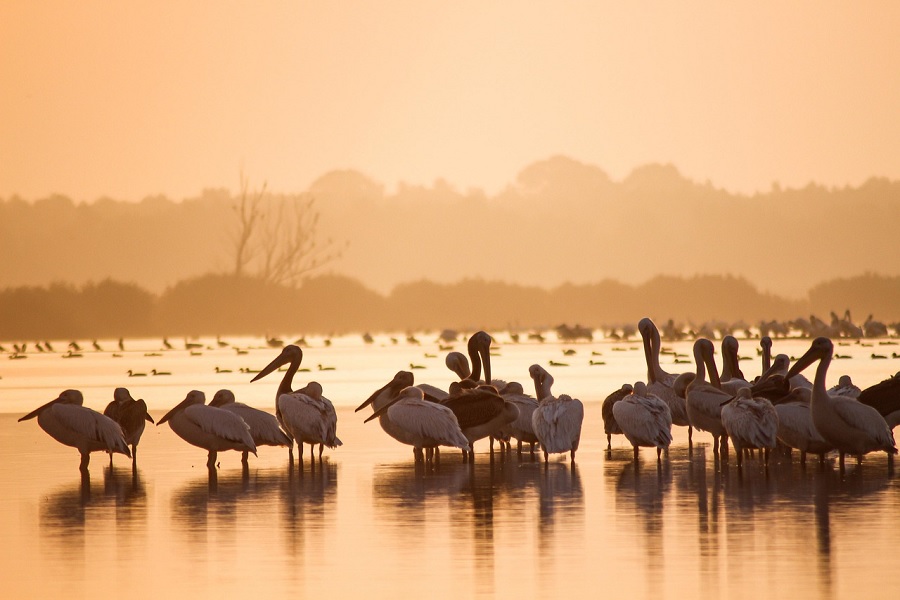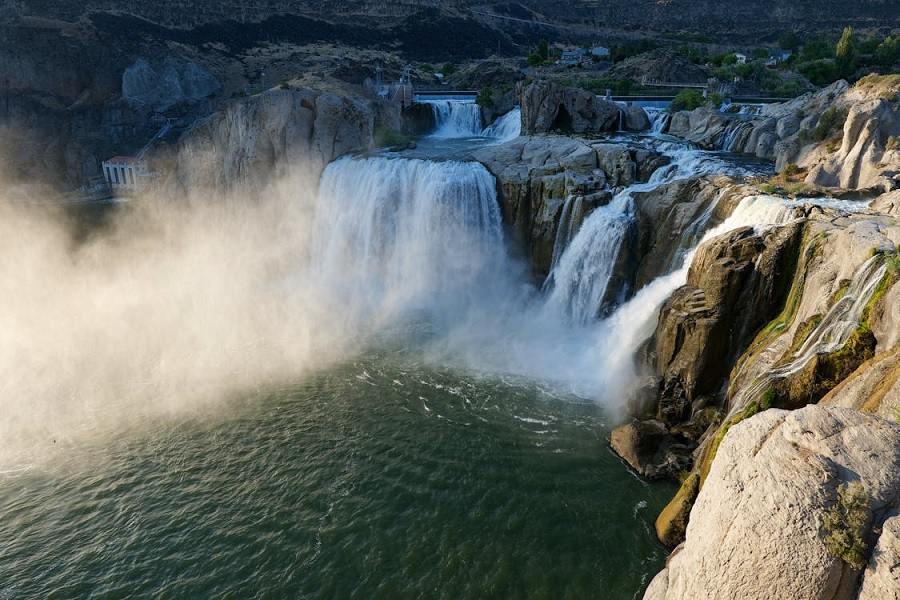Eco-Tourism: Where Nature Nurtures and Ducks Dance on the Shore

Introduction
Imagine a serene beach where the sun glows softly on the horizon, waves whisper ashore, and a flock of ducks waddle freely across the sands. This isn't just a peaceful scene—it's a symbol of harmony between humans and nature. Welcome to the world of eco-tourism, where travel not only delights but also preserves.
What is Eco-Tourism?
Eco-tourism is responsible travel to natural areas that conserves the environment, sustains the well-being of local people, and involves education and interpretation. It’s not about luxury; it’s about sustainability. It invites travelers to witness wildlife, explore nature trails, and contribute positively to the places they visit.
Ducks on the Beach: A Living Example of Eco-Tourism
The image of ducks roaming freely on a quiet beach represents everything eco-tourism stands for:
Wildlife Thriving Freely: No fences, no cages—just birds in their natural habitat.
Unpolluted Environment: Clean shores, unspoiled waters, and plastic-free sand.
Coexistence: Tourists watching silently, maintaining distance, clicking pictures without disturbing the creatures.
This scene isn't a zoo—it’s a celebration of Earth in its purest form.
Key Features of Eco-Tourism
Low Impact Travel: Avoiding over-crowded destinations and embracing small-group tours.
Wildlife Conservation: Supporting sanctuaries, wetlands, and coastal reserves.
Community Engagement: Staying at eco-lodges run by locals or joining beach clean-up drives.
Educational Experiences: Birdwatching tours, nature photography, and environmental workshops.
Eco-Tourism Destinations Where Nature Comes First
Kumarakom Bird Sanctuary, Kerala (India) – Famous for migratory ducks and wetland biodiversity.
Danube Delta, Romania – A paradise for waterfowl lovers.
Monterey Bay, California (USA) – Combines beaches with marine life conservation.
Benefits of Eco-Tourism
Protects Biodiversity – Ensures habitats for ducks, turtles, and other native species.
Empowers Communities – Generates income through sustainable means.
Fosters Awareness – Educates visitors on the importance of conservation.
Encourages Mindful Travel – Promotes respect for local culture and nature.
Challenges & Solutions
Risk of Disturbance: Even well-meaning tourists can stress wildlife.
Solution: Guided tours and viewing platforms.
Littering & Pollution: Carelessness can damage fragile ecosystems.
Solution: Strict “leave no trace” policies and eco-campaigns.
Greenwashing: Not all “eco” labels are genuine.
Solution: Choose certified eco-tourism operators.




.jpg)

















